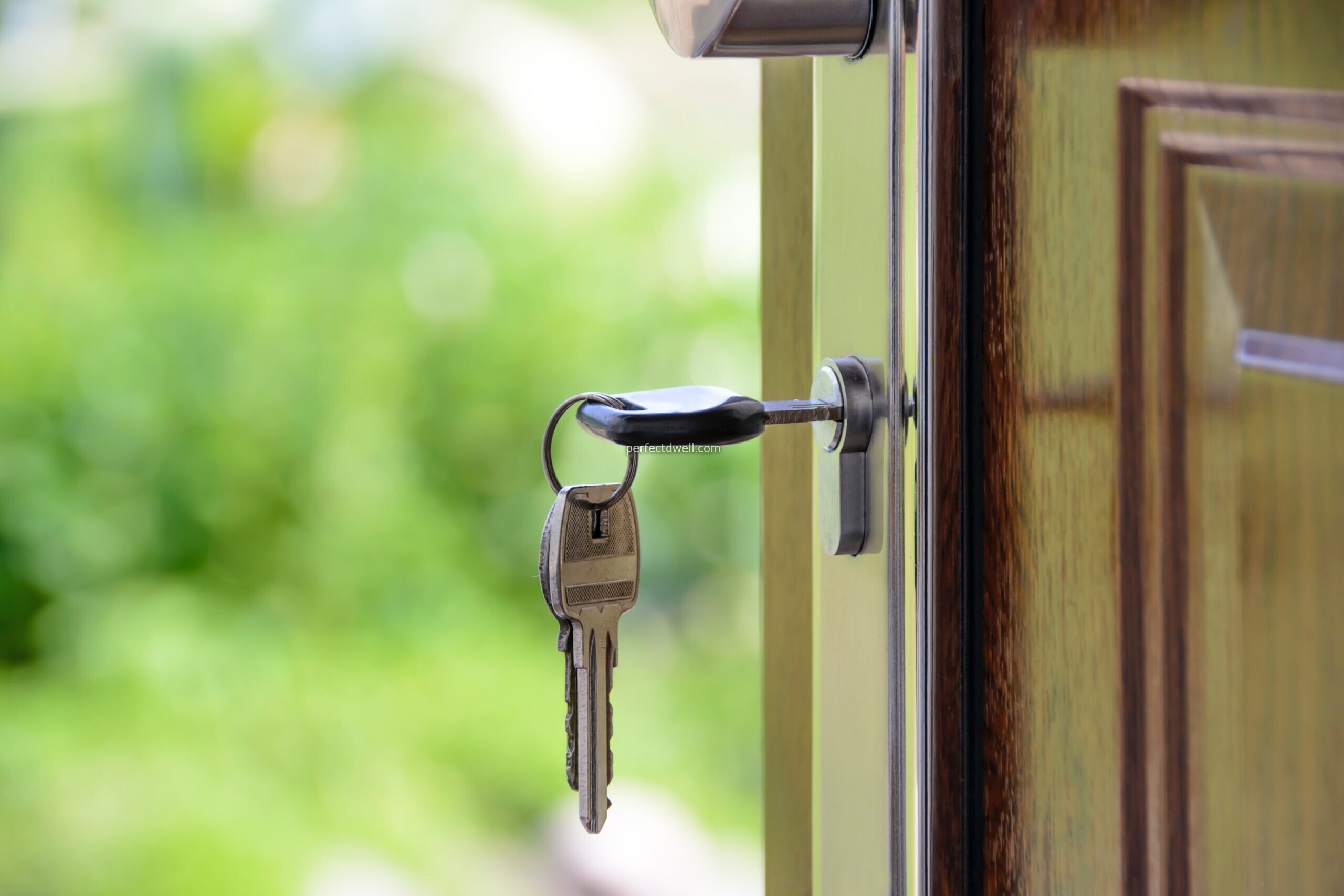
Getting on the property ladder can be challenging, especially if you’re a first-time buyer. That being said, everyone should be able to save a house deposit with good financial management and smart spending habits. Here are three steps to help you save for a house.
Step 1: Calculate your down payment
The first step is to calculate how much you need to save i.e. your down payment or deposit. This is the amount of money you need to put towards your home to secure a mortgage. According to capitaloan.com, most mortgage lenders require you to make a down payment of 20 percent of the property cost. So, if you are purchasing a $300,000 house then you would need to put down $60,000 as a deposit. Keep in mind that there will also be other legal and moving fees involved and you must budget for these accordingly. In some cases, you may be able to secure a mortgage with a 10 percent deposit. However, your monthly repayments will typically be more expensive and you may get a higher interest rate. For that reason, it is advisable to wait until you have at least 20 percent saved and put down the biggest deposit possible. You can speak with a financial broker to get professional mortgage advice Richmond. A mortgage expert will explain the different options to you and help you calculate how much you need to save towards your deposit.
Step 2: Start saving your deposit
Once you know what deposit is required, you need to start building your savings. Set yourself a down payment savings goal and start saving as early as possible. Try to be tight with your budget and slash expenses where possible. This will allow you to grow your down payment quicker. It is a good idea to set up a separate savings account and instant transfer at the beginning of each month. That way, the money will be automatically deposited into your savings account each month. This will make it easier to manage your finances and will also reduce the risk of you spending money on unnecessary things.
Step 3: Research government funding programs
The US government has introduced several programs to help people get on the property ladder and purchase a house. For example, the Federal Housing Administration (FHA) insures mortgages to make it easier and more affordable for first-time buyers to secure mortgage loans. Homeownership vouchers can also be used to gain subsidies to help cover the costs of buying a house. Research available funding programs and apply for any support that you are eligible for.
Summary
Saving enough money for a house deposit can be extremely difficult, especially when you’re on a low monthly income or have lots of outgoings. However, getting on the property ladder may be easier than you think. Everyone can start saving towards a house deposit with careful spending and good financial management. Use the above suggestions to help you save a deposit and buy your dream house.



